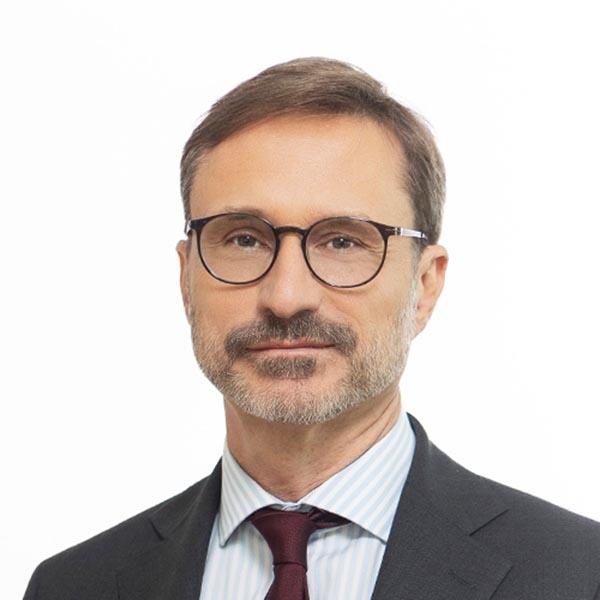By 2030, 100% of the electricity produced in Austria (> 100 TWh) will come from renewable sources. This will require additional 11 TWh of PV plants to be installed in the next eight years with c.4Twh expected to be provided by on-site projects. In large cities approximately 10% of all roof top space of buildings for private accommodation can be used, the rest must be on commercial and government buildings like shopping malls, logistic buildings or sporting facilities, garages, or public administration, hospitals, schools, etc. In Vienna for example there are approximately 68,000 multi-family dwellings, 10% of which must still be equipped with PV plants.
In Austria, an important incentive for large consumers to invest in an on-site power solution project has been the prospect of safeguarding a stable price for electricity compared to the volatile market price. Another factor is the ability to use existing space and facilities to create additional value. Avoiding network charges is another motivation.
The public sector is also investing in on-site consumption facilities for schools, hospitals and large administrative buildings, and supports residential projects, mainly for PV projects.
Austrian consumers with very large and stable needs like industrial plants or railway operators often use small hydropower plants as a common self-consumption solution. But it is still not common for other large consumers, such as data centres or telecom network operators, to invest in on-site power solution projects. Residential projects, public buildings and shopping malls typically use existing space, which makes roof-top-PV their preferred solution, and in rural areas biomass is popular in times of rising prices for oil, gas and electricity.
A new Renewable Energy Expansion Act entered into force in 2021 introducing new subsidy schemes for electricity generation from renewable sources like roof-top-PV. It also introduced so-called “energy communities” as a main pillar of Austria’s attempt to achieve the European climate targets. In a nutshell, energy communities are non-profit-orientated legal entities intended to decentralise the generation, distribution, and consumption of renewable energy. Renewable energy generation facilities in an energy community can be owned by the energy community itself, its members or by third parties. This means that “contracting” or “leasing” models are now explicitly permissible. Energy communities are established as independent legal entities, such as private associations, limited liability companies, stock corporations etc.
Distribution system operators shall only be provided with the information (and changes thereto) necessary for metering and billing. The new law also lists issues that must be included in the energy community’s foundation documents.


Social Media cookies collect information about you sharing information from our website via social media tools, or analytics to understand your browsing between social media tools or our Social Media campaigns and our own websites. We do this to optimise the mix of channels to provide you with our content. Details concerning the tools in use are in our privacy policy.